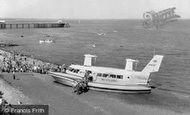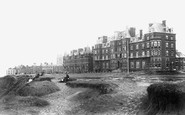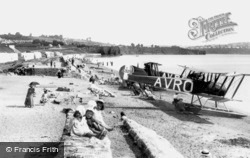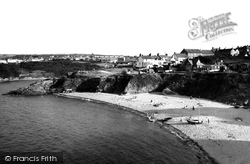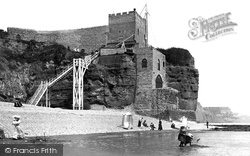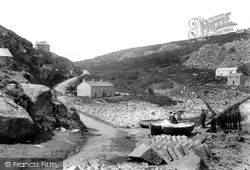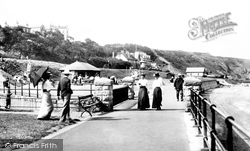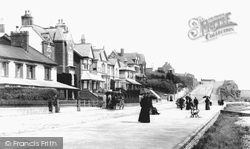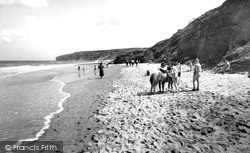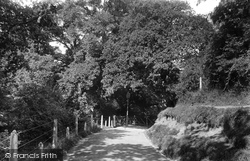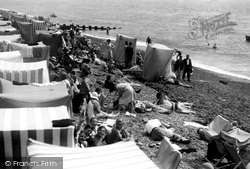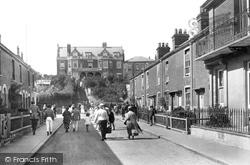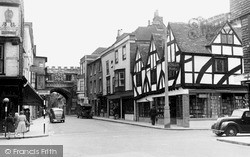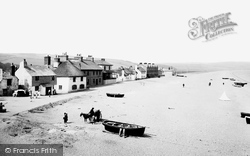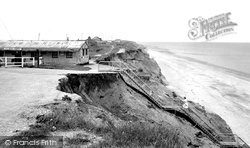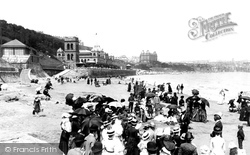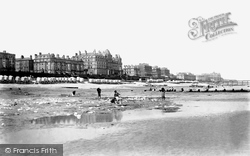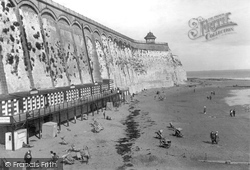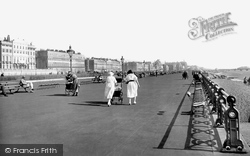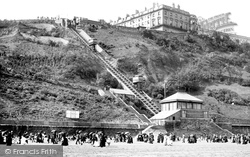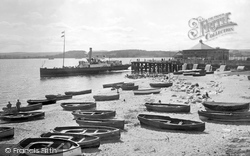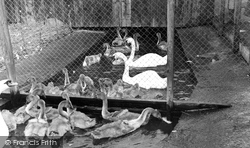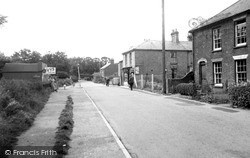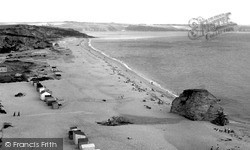Places
12 places found.
Those places high-lighted have photos. All locations may have maps, books and memories.
Photos
191 photos found. Showing results 521 to 191.
Maps
115 maps found.
Books
1 books found. Showing results 625 to 1.
Memories
1,374 memories found. Showing results 261 to 270.
The Lido The Best Place On Earth!
Two of my aunts had guest houses in Cliftonville and every year we ventured from Berkshire by train or by coach via Victoria coach station for our annual holiday in Margate. My memories are simple and ...Read more
A memory of Margate in 1962 by
The Lido
Oh the Lido, life was so free, we had the basket room, swimming club nights and the Gala at the end of the summer. Cecil, Waff, they don't make people like that now. We stayed out all day, we must have looked like prunes by ...Read more
A memory of Prestatyn in 1968
The Lane To The Beach
As a boy of thirteen, with my family, after the war, I spent all my school holidays in Cornwall. Six weeks with my Uncle Arthur and Aunt Mabel in a tied cottage on Lower Tregantle Farm near Torpoint. The very air was ...Read more
A memory of Lower Tregantle by
The Hut
My grandmother, Ellen Jane St. John, owned a cottage/cabin/ex-WWI Army Hut, appropriately called The Hut on Westover Road and it was my job when first arriving from Southamton in her Standard 8 car to cut the grass. Being a large ...Read more
A memory of Milford on Sea in 1950 by
The Hovercraft
I remember being on the beach the day of the hovercraft coming to Penarth. I was there with a couple of my friends, I would have been nearly 16. We were really excited as we watched it approach then suddenly when it came on to the ...Read more
A memory of Penarth in 1963
The House We Lived In
I remember moving into a large old house on the corner of Oakes Road South and Tanyard Road back in 1956/1957 when I was around 6 years old. The house was named 'Hollins House' and had enormous rooms with high ceilings and a ...Read more
A memory of Oakes in 1960 by
The House Beautiful
Does anybody remember the big house on the corner of Derby Road, it was at the junction of a main road, the name of which I cannot remember now. We used to call it 'The House Beautiful' whether that was the proper name for ...Read more
A memory of Bournemouth in 1930 by
The Haven
My family including myself lived in the coastguard houses from 1949-1956, we, myself and my friends spent many hours on this beach and surrounding areas I attended tynemouth primary school and then linkskill sec modern my father bought a ...Read more
A memory of Tynemouth by
The Green Wayside Cottages
My paternal grandmother, Kate Paine Whitbourn, was born in these cottages in 1896. Her father was the head carpenter at Bisham Abbey. The Paine family had lived in Bisham for several generations. When I was little, Gran ...Read more
A memory of Bisham in 1951 by
The Grand Hotel, Cromer
The hotel on the right of this photo is the Grand Hotel situated on the Runton Road and corner of Beach Road. It had its own hard tennis courts across Beach Road - now a Car Park - and a flight of steps leading down to the Prom - replaced by Anglian Water.
A memory of Cromer
Captions
1,131 captions found. Showing results 625 to 648.
Seaplanes from the newly-formed Royal Air Force are pulled up on the beach - perhaps being used either for recruitment or anti-submarine duties.
The beach was used once a year by farmers from Llechryd for a feast.
At the foot of the ladder today, there is a short promenade with beach huts.
The walk along the fern-fringed lane to the rocky beach is unforgettable. The Newlyn artists were enthusiastic visitors here.
Its picturesque position on the cliffs of one of the noblest bays on the east coast of England, and its fine beach, along with its splendid hotels and handsome private houses, make Filey one of the most
Its own beach is sandless and full of large pebbles, which seem to sing as the tides play across them. It gets its name from the salterns, or salt pans, used by the monks of nearby Otterton Priory.
Situated at the southern end of Filey's long beach, the outcrop of Flamborough Head can be seen in the distance.
Such were the number of visitors navigating the overgrown and makeshift route from the town centre to the beach that the Windsor estate prioritised the construction of a more permanent path.
Its own beach is sandless and full of large pebbles, which seem to sing as the tides play across them.
There are plenty of changing tents on this beach, where a group of boys wave at the camera (centre foreground).
In this picture, guests are returning from the beach and are processing up to the hotel in order to get changed in time for their evening meal, which was often accompanied by soothing live music.
Street furniture is changing with the introduction of the ugly concrete street lamp post outside the timber-framed building that was Beach's bookshop.
More Americans died training here than were killed on Utah Beach on D-Day.
Here a lady can be seen trying to coax a child down the steps to the beach.
One Victorian dress would provide enough material for a dozen or more outfits today, when bikinis rule the beach.
The edge of the beach is lined with bathing machines in this view.
It was more popular with the locals, because it was away from the main beach. The prominent building on the cliff was part of Victoria Gardens.
These days, happily, the only active defences to be found at the resort are sand castles on the beach.
It deliberately provided fewer mass entertainment facilities than Brighton, which presumably accounts for the nearly deserted promenade and beach we see in this picture.
The tramway offered holiday-makers an alternative means of escape from the beach to the Esplanade, other than by the 224 steps cutting through the Spa Gardens, and all for just 1d.
A steamer sets out from Exmouth Pier, watched by boatmen on the nearby beach.
The Fleet, a strip of brackish water between the Chesil Beach and the shoreline, gives a safe haven to all kinds of wetland fowl, including at one time a stray flamingo.
This view is from the beach towards the village. The road was developed in the Victorian period, and most of the houses and shops, like those on the right, are of that date.
As at Par, the Crinnis Beach is also largely a result of the deposition of waste from the mining and china clay industries.
Places (12)
Photos (191)
Memories (1374)
Books (1)
Maps (115)

